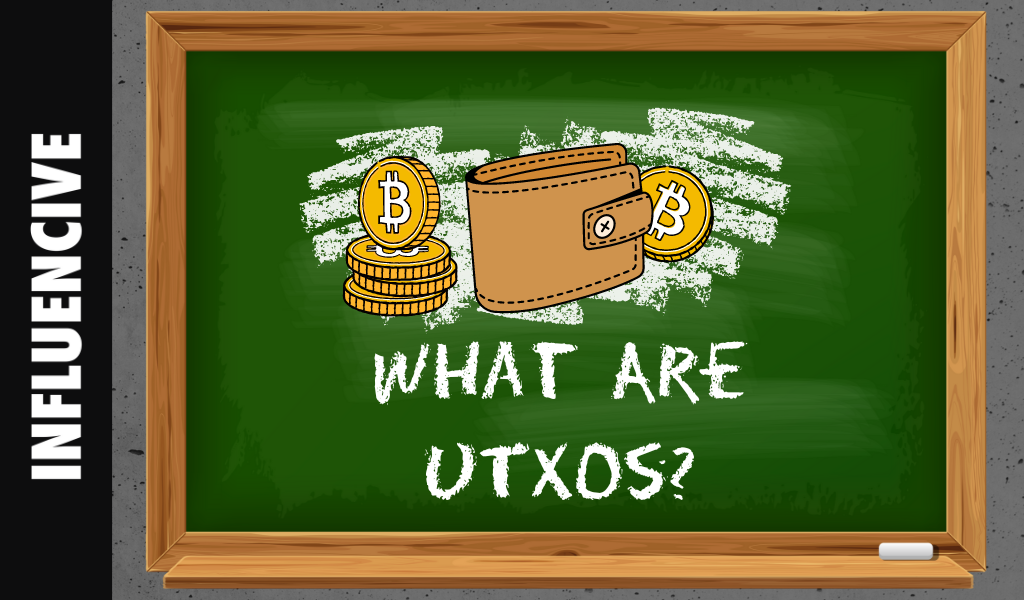As you delve into the world of Runes, it’s crucial to equip yourself with the knowledge of UTXOs and how to manage them efficiently beforehand.
In this guide, we’ll explore the intricacies of UTXOs, from their basic definition to advanced strategies for managing them effectively, and which platforms to do so on.
What Are UTXOs?
UTXO stands for Unspent Transaction Output. Essentially, every time a transaction occurs in a blockchain network like Bitcoin, it generates outputs. These outputs represent the amount of Bitcoin involved in the transaction. These outputs can then be used as inputs for future transactions. So, in simpler terms, UTXOs are the unspent outputs from previous transactions.
Managing UTXOS
Imagine you have various denominations of banknotes in your wallet. Similarly, in your Bitcoin wallet, you have different UTXOs, each representing a certain amount of Bitcoin. When you want to make a payment, you need to select UTXOs whose combined value equals or exceeds the amount you wish to send. If you lack a single UTXO large enough for the transaction, you combine multiple smaller ones to cover the cost.
For instance, if you need to send $100 worth of Bitcoin but only have UTXOs of $50 and $60, you can combine them to fulfill the transaction.
Why Are UTXOS Important?
UTXOs play a crucial role in the security and transparency of Bitcoin’s network. Each UTXO is uniquely identifiable, making it easier to trace transactions. Additionally, the more UTXOs you combine in a transaction, the higher the transaction fees become. This is because larger transactions require more data to be processed, resulting in higher costs.
Managing UTXOS Efficiently
When it comes to splitting UTXOs, there’s no one-size-fits-all solution. Factors such as network fees, transaction speed, and platform features come into play. Platforms like Luminex offer tools for splitting UTXOs, allowing users to optimize their transactions. These platforms provide tools for adjusting UTXO sizes and managing transaction fees. By inputting desired parameters, such as the number of UTXOs and fee rates, users can efficiently split their UTXOs. However, users must consider the trade-offs, as splitting UTXOs can incur additional costs.
Another aspect to consider is security. While splitting UTXOs can optimize transaction processing, it also introduces complexities that may pose security risks. Users must exercise caution when interacting with third-party platforms and tools for splitting UTXOs. Ensuring the legitimacy and security of these services is paramount to safeguarding one’s funds against potential threats such as phishing attacks or malware.
Calculating Transaction Costs
To estimate transaction costs, users can analyze factors like transaction size and network fees. Virtual size (Vsize) is a key metric used to calculate fees, representing the size of a transaction in bytes. By multiplying Vsize by the fee rate, users can determine the total transaction cost in satoshis (the smallest unit of Bitcoin).
For example, if the Vsize of a transaction is 200 and the fee rate is 700 satoshis per Vbyte, the total transaction cost would be 140,000 satoshis.
Final Thoughts
Understanding UTXOs is essential for anyone diving in to Runes. By grasping the concept of UTXOs and learning how to manage them effectively, users can optimize their transactions and enhance their overall experience.
This is a Contributor Post. Opinions expressed here are opinions of the Contributor. Influencive does not endorse or review brands mentioned; does not and cannot investigate relationships with brands, products, and people mentioned and is up to the Contributor to disclose. Contributors, amongst other accounts and articles may be professional fee-based.

